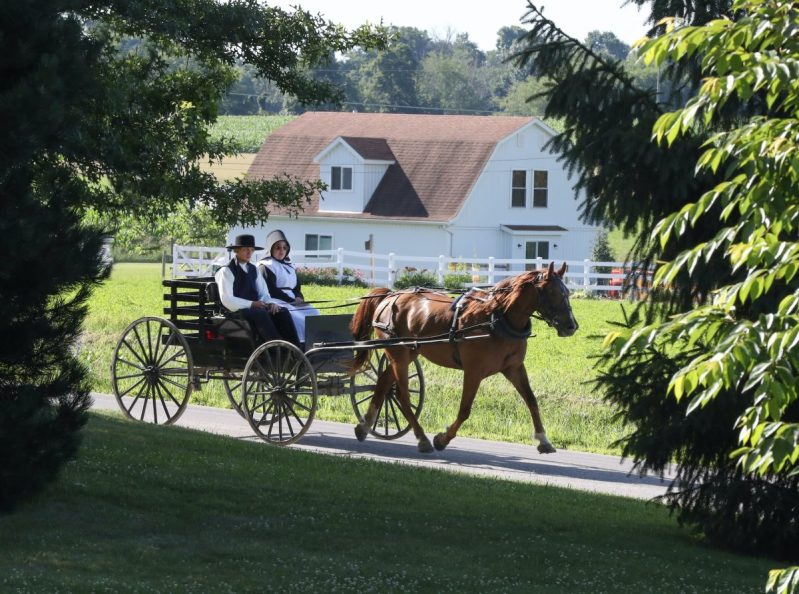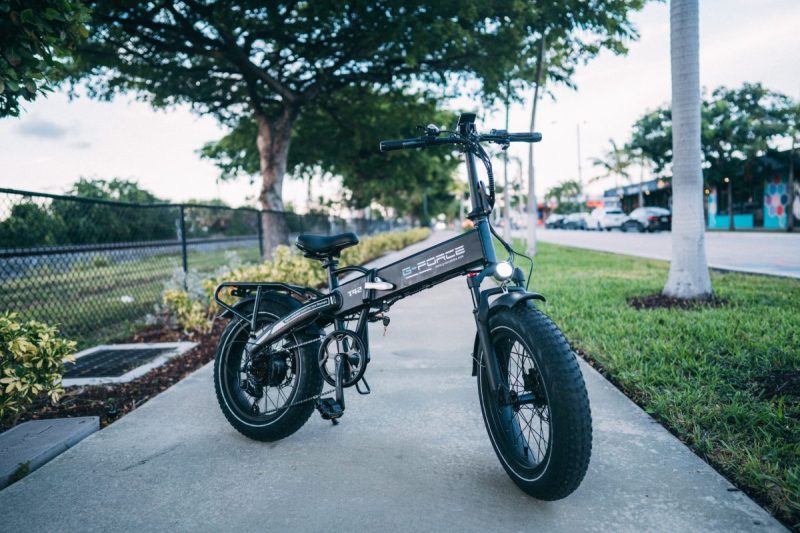From not driving cars to not owning items like TVs or computers, the Amish have a culture with specific rules, but they do make allowances for modern inventiveness from time to time. One bit of technology they have opted to embrace is the electric bike.
While it’s been a popular mode of transportation for decades, the Amish have caught on to how e-bikes are a great, low-cost way to get around. Surprised? Here’s why you shouldn’t be.

Not all technology is banned
Here’s a common misconception about the Amish community: They don’t use any modern technology at all. Discover Lancaster, the tourism authority for Lancaster, PA, (aka a group that knows all about the Amish community) explains it best:
“As is typical of the Amish, when a new technology comes along, its effect on the church and community is examined. The technology should not be an intrusion into the home, but rather serve the social purposes and goals of the group. With that in mind, the Amish often re-purpose the technology, in a sense, to align with their community beliefs.”
- They do use phones on occasion.
- They use solar power.
We see the Amish as living in the past, not knowing what a cell phone is or having ever watched a movie. The reality is that they know plenty about the modern world and discuss which tools to incorporate into their lifestyle and which ones to leave to the rest of us.
Each individual Amish community is able to make the decision about which “outside world” bits of technology they want to use. From a community phone to certain tractors to battery-powered lights for their buggies, they pick which parts of technology will level up their lives without sacrificing their morals or going against their religious beliefs.
Why the e-bike is gaining popularity
David Mullett, owner of E-bikes of Holmes County and a member of the Old Order Amish Church, told This E-Bike Life, “It’s a lot quicker to jump on your bike and go into town than it is to bring your horse into the barn, harness it to the buggy, and go.”
The benefits are many:
- Saves time
- Easier to use than a horse
- Saves them money
Why electric bikes? Mullett noted there’s been an uptick in interest in bikes since 2017, and that commuting to work was the biggest reason he’s seen for this.
Having to get the horse ready, load up the buggy to the horse, then how long it takes the horse to get to the destination versus hopping on that bike and taking off saves a whole load of time. Plus, it’s a lot easier physically jumping on the bike than doing all of those steps with the horse.
It also saves them money. If they have a job that’s too far, they have to call a car since they don’t drive themselves, which really adds up day after day. We have all canceled that Uber when the surge price hits. An e-bike lets them do the commute themselves without the extra cost.

They are making the bikes their own
- They’ve set up charging stations around their communities.
- They are making their own versions.
Not only do the Amish love using e-bikes, but they are completely embracing them. Electric bike charging stations using battery banks and solar panels are popping up in local Amish communities and are usually quite full.
There are also communities making versions of the bikes that run on a small motor and a battery pack – complete with baskets to carry their stuff. We know the quality of their craftsmanship, so we’re sure their versions of the bikes are going to get better and better.
Yes, they make amazing furniture pieces and are able to show us how not to be a slave to smartphones and social media, but that doesn’t mean they don’t know the value of an upgrade when they see one. And as we look for more economical modes of transportation, e-bikes are only going to keep gaining traction.
Editors' Recommendations
- Ski and snowboard apparel brand Trew Gear crosses into the mountain bike world
- Burton Snowboards, a brand I love, just made 77 boards I’ll never buy
- Canyon bikes introduces all new Lux Trail mountain bike lineup with 4 unique models
- Are you prepared for cold and wet mountain bike season?
- 3 unspoken rules of mountain biking you should know




